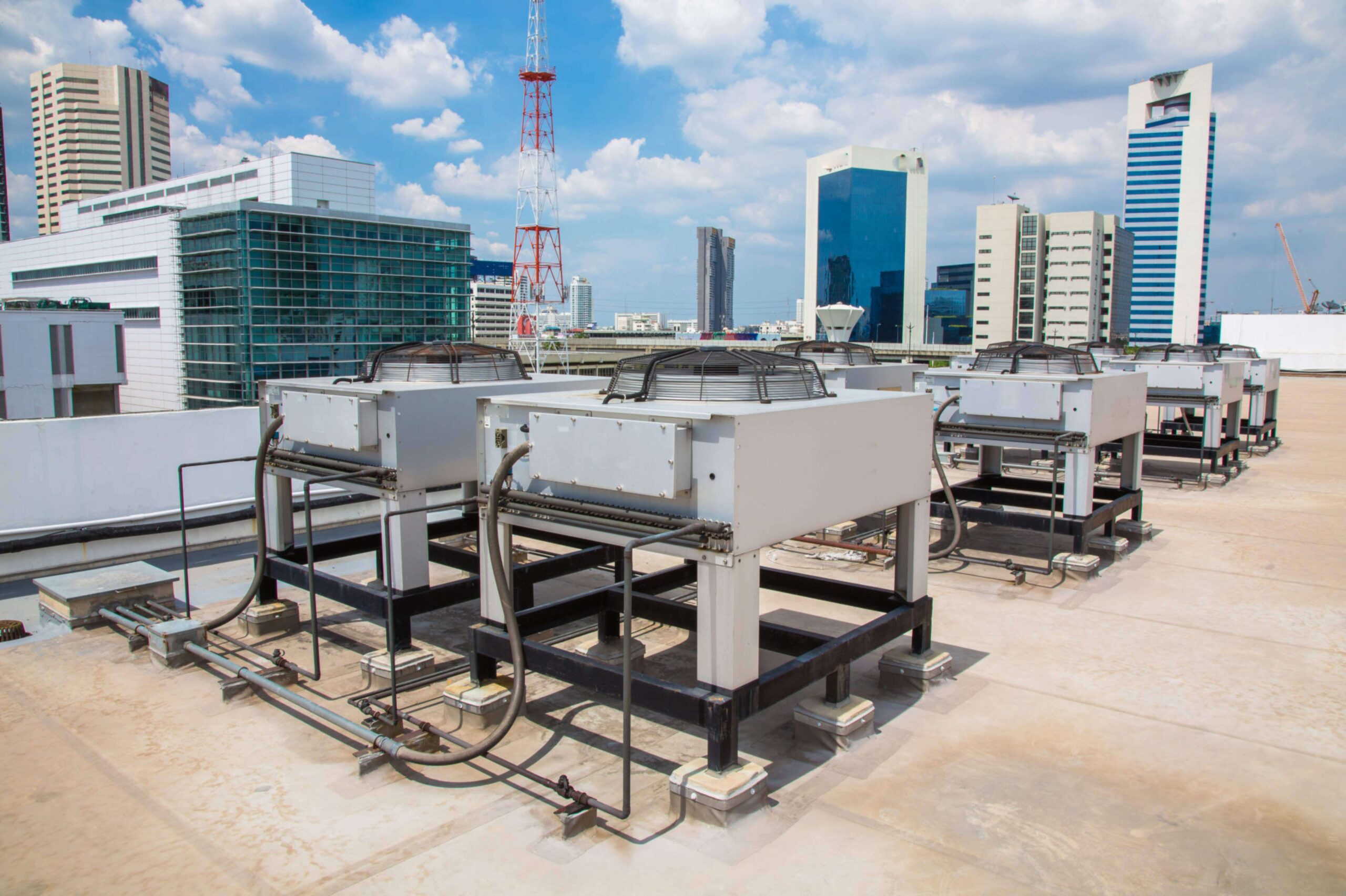
Delaying the replacement of HVAC equipment can lead to serious problems over time. From rising energy bills to poor indoor air quality, the consequences of waiting too long can be both costly and uncomfortable. When systems age, their efficiency drops, leading to more frequent breakdowns and unreliable performance. That’s why The AC Outlet urges homeowners and business owners alike to understand the real risks that come with holding off on upgrading old HVAC systems. In the middle of these concerns lies the heart of the issue—aging hvac equipment that can no longer keep up with modern needs.
Why HVAC Equipment Wears Out Over Time
Natural Wear and Tear
All mechanical systems experience wear and tear. HVAC units are no exception. Daily use over many years takes a toll on parts like motors, belts, and compressors.
Outdated Technology
Older systems simply weren’t designed with today’s energy standards or smart home compatibility. This makes them less efficient and more difficult to manage.
Environmental Exposure
HVAC equipment, especially outdoor units, faces heat, cold, moisture, and debris. These factors contribute to faster deterioration.
Higher Energy Bills
Decreased Efficiency
Worn-out HVAC equipment has to work harder to produce the same level of comfort. This increased effort leads to higher energy use.
Rising Utility Costs
Even a small drop in efficiency can raise your monthly energy bill. Over time, these costs add up and make the delayed replacement much more expensive.
Frequent Repairs
Short-Term Fixes
Older HVAC systems are more likely to break down. While you can patch them up temporarily, the cost of frequent service visits adds up quickly.
Component Failures
Key parts like the compressor or heat exchanger can fail completely. When this happens, repairs may cost nearly as much as a new unit.
Poor Indoor Air Quality
Dust and Allergen Build-Up
Old HVAC equipment may circulate dust, allergens, and mold through the air. Filters may not work as well, and the system may not ventilate properly.
Humidity Problems
Worn-out systems struggle to manage humidity, especially in warm climates. Too much humidity can cause mold and mildew, while too little can dry out the air.
Inconsistent Comfort
Uneven Temperatures
Outdated units may struggle to heat or cool rooms evenly. Some areas may be too warm, while others are too cold.
Delayed Response Time
If your HVAC equipment takes too long to respond to thermostat changes, it could be a sign that it’s on its last legs.
Safety Concerns
Electrical Hazards
Frayed wires, burned-out motors, or overloaded circuits in old HVAC equipment can create fire risks.
Gas Leaks and Carbon Monoxide
In gas-powered systems, aging components can cause leaks. Faulty heat exchangers may leak carbon monoxide, which is extremely dangerous.
Voided Warranties and Insurance Issues
Expired Manufacturer Warranties
If your HVAC unit is old, chances are the warranty has expired. This means all repair costs fall on you.
Home Insurance Complications
Some insurers may deny claims related to damage caused by outdated or poorly maintained HVAC systems.
Missed Opportunities for Energy Rebates
Government Incentives
Many governments offer tax credits or rebates for upgrading to energy-efficient HVAC systems. Waiting too long could mean missing out.
Utility Company Offers
Energy companies also provide savings for installing newer equipment. These rebates often have deadlines and limited availability.
Impact on Property Value
Reduced Home Appeal
Outdated HVAC equipment can be a turnoff for potential buyers. It signals future expenses they may not want to deal with.
Lower Resale Price
Home inspections often reveal old HVAC units. This can lead to lower offers or required upgrades before closing the sale.
Environmental Impact
Higher Carbon Footprint
Inefficient HVAC equipment uses more energy, increasing greenhouse gas emissions.
Waste from Constant Repairs
Old systems that need frequent replacement of parts contribute to material waste and resource depletion.
Signs That It’s Time to Replace Your HVAC Equipment
Age of the System
Most HVAC systems last between 10 to 15 years. If your system is older than this, it’s probably time for a replacement.
Increased Repair Frequency
If you’re calling for service more than once or twice a year, consider putting that money toward a new unit.
Rising Energy Bills
A sudden spike in utility costs, even with consistent use, often points to equipment inefficiency.
How The AC Outlet Can Help
Expert Guidance
The AC Outlet offers expert advice on selecting the right HVAC equipment for your space and budget. They help you understand what features matter and what units qualify for rebates.
Affordable Options
With a wide selection of high-quality HVAC equipment, The AC Outlet ensures that you won’t have to overspend to upgrade your system.
Fast and Reliable Shipping
They also provide quick shipping across the U.S., so you don’t have to wait long to get your new system up and running.
Steps to Replace Your HVAC Equipment
Evaluate Your Needs
Think about the size of your space, your climate, and your energy goals. This helps determine what type of system is best.
Get a Professional Assessment
Before you buy, have an HVAC professional evaluate your current setup. They can identify issues and recommend solutions.
Shop for New Equipment
Choose a reliable provider like The AC Outlet to find systems that match your needs and budget.
Schedule Installation
Once you have your new unit, schedule a professional installation to ensure it’s set up correctly and efficiently.
Conclusion
Delaying the replacement of your HVAC equipment might seem like a way to save money in the short term, but it can lead to far more expensive and dangerous issues down the road. From higher energy bills to health and safety concerns, the risks are too big to ignore. The AC Outlet is here to help you make a smart, affordable upgrade that ensures comfort, efficiency, and peace of mind.
Here, You can find more articles.